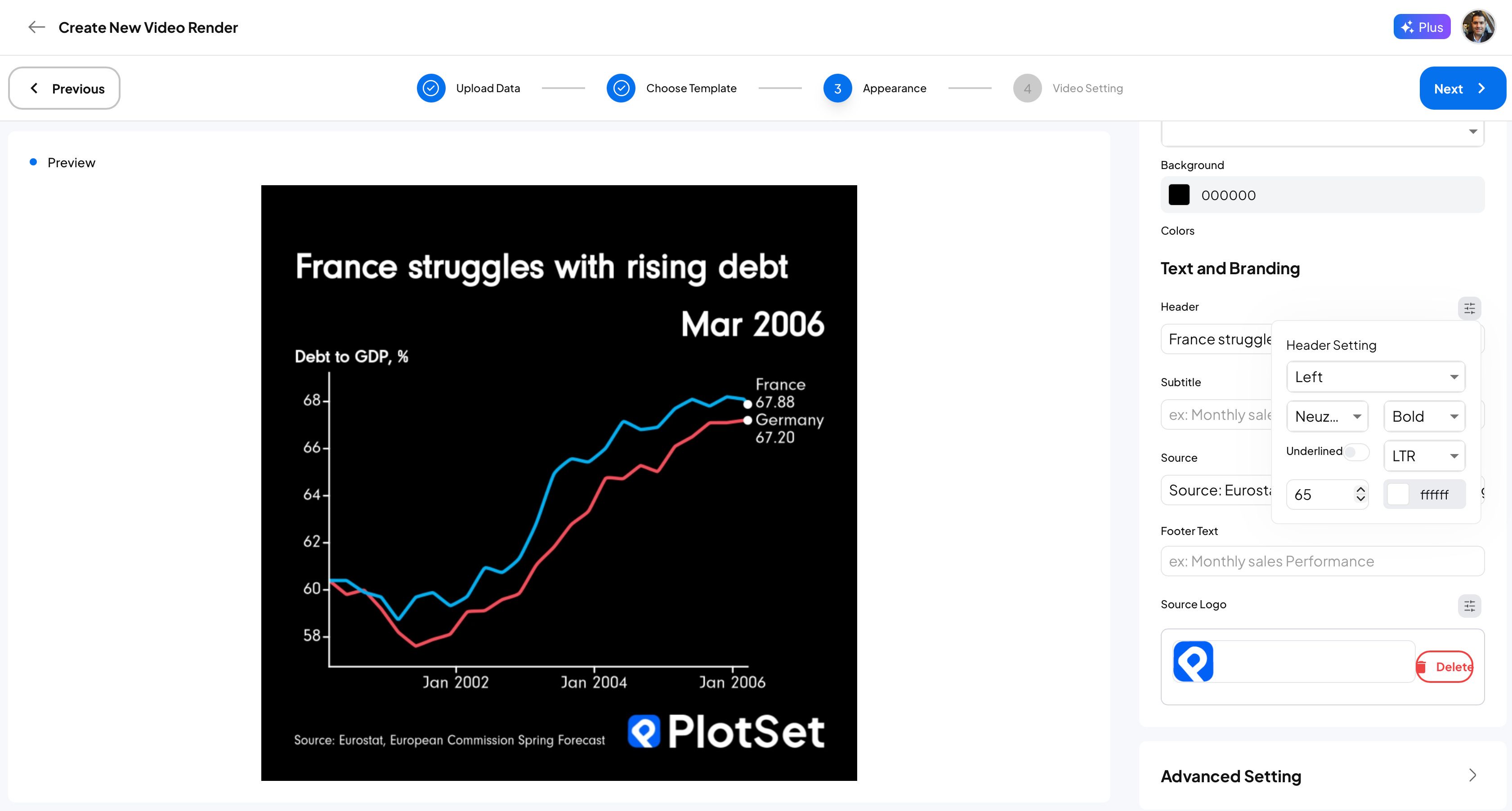France Shows the Limits of Eternal Borrowing

France’s debt burden has reached breaking point. Debt now stands at 116 per cent of GDP, while Germany sits at just under 64 per cent. The gap between Europe’s two largest economies has never been wider, and the bond market is beginning to make France pay for it.
To show this story, I built the chart above in PlotSet.com using our animated exploding line chart engine (have a look below). It highlights how every major shock since 2008 has pushed French debt higher, from the Global Financial Crisis to Covid-19. Germany, by contrast, managed to bend its curve downwards. This visual tells the story in seconds that would take paragraphs to explain.

The deeper problem is that France, like many advanced economies, has relied on borrowing to underwrite growth. The Keynesian playbook worked in the short term, but Keynes himself warned that governments should restore balance in the good years. France rarely managed that. Borrowing became the habit, refinancing the norm, and today interest costs are climbing to levels that eat into the very spending needed for growth.
This is no longer an abstract concern. Every rise in yields now means less money for schools, infrastructure and research. Each attempt to restore balance is met with political resistance. The longer reforms are delayed, the harsher the eventual measures will need to be.
France may be today’s headline, but the same question hangs over every advanced economy. How do we move from eternal refinancing to a sustainable balance? Postponement only makes the answer harder.
📊 The animated exploding line chart in this article was built in PlotSet. It is one of the advanced features available to our Plus subscribers, who can turn raw data into striking, story-driven visuals in seconds. If you want to create charts like this for your own work, explore the Plus plan at PlotSet.com.
